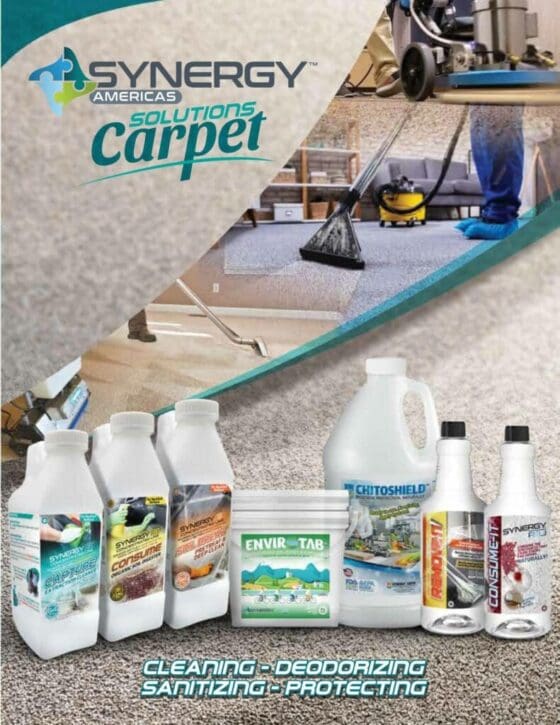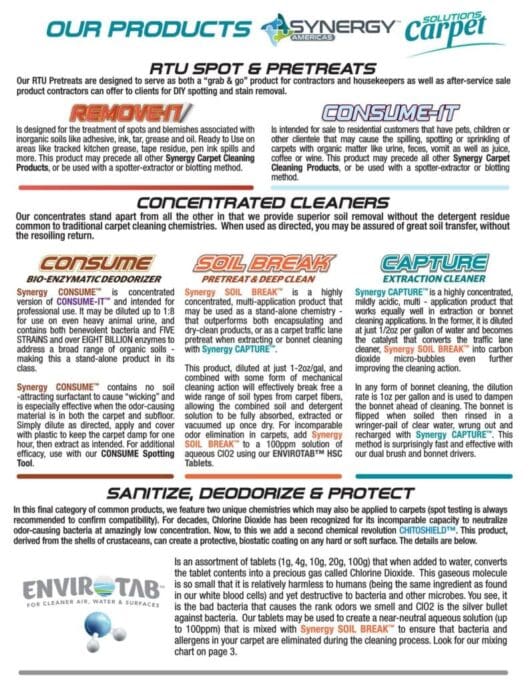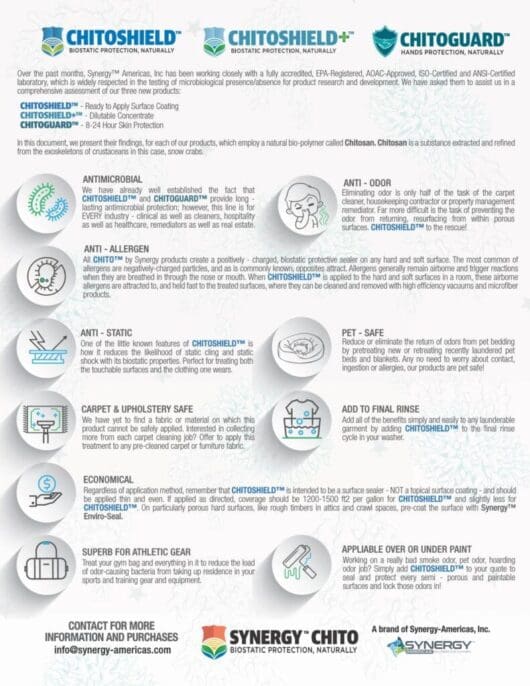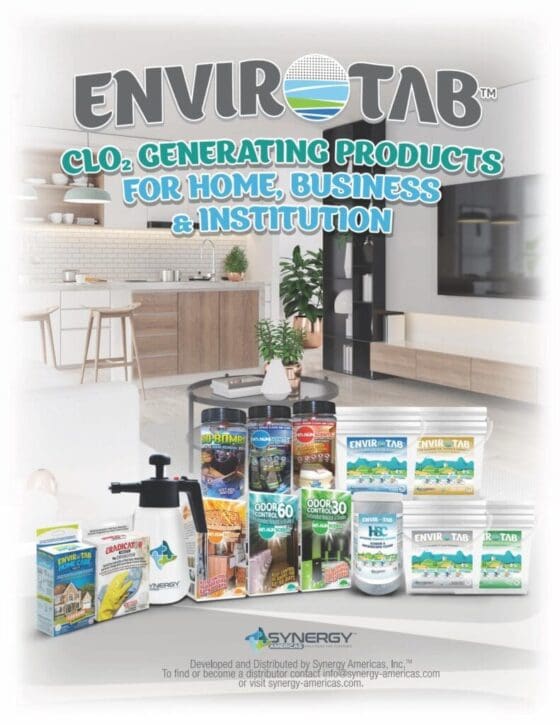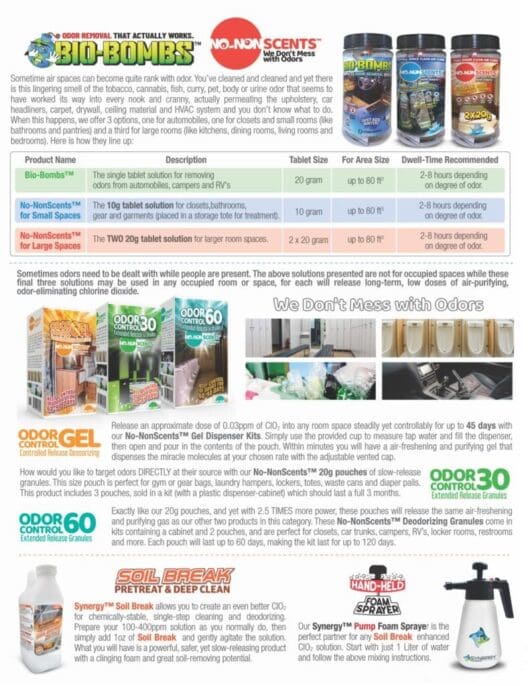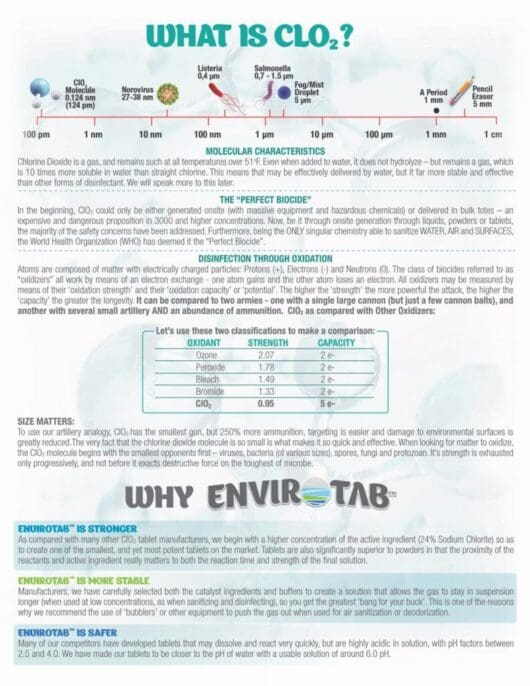Stay Connected...Drop Us a Line
For best user-experience, hit 'TAB' to move from field to field.
Why you clean How you clean...Part 1
Why Soil Size Matters...Some Definitions
Listen to the Audio Version:
Before we get anywhere near a discussion on equipment choices, we need to establish some definitions. The fact of the matter is that not all soils are created equal. They vary in size, they vary in type and they vary in their potential to do harm to your building occupants. Your janitorial or custodial team would do well to understand not just 'HOW' to clean, but 'WHY' they clean how they clean. First, let's address the sizes of soils and why they matter.
Gross Soils
We will begin by categorizing any soil that you can SEE and is not easily made AIRBORNE as Gross Soils. In a school setting, these would be the pencils, papers, paperclips, chewing gum, lost sneakers and backpacks. In an office setting, these are the coffee spills, dropped business cards and misplaced laptops (sorry, is it too soon to make fun of Hunter Biden?) Gross soils require bending down and picking up or occasionally being able to sweep them into a [misnamed] dustpan.
Fine Soils
Fine Soils will be categorized as any soil that is barely visible, but you know it's there - especially if you sweep it into a dust cloud. Hence, Fine soils can be made airborne, and when attempting to clean them by this means, you are setting yourself back. The cloud is formed, and the dust settles back on the horizontal surfaces. A broom and dustpan should never, ever be used for cleaning should you believe the surface is prone to contamination with this size of soil. Vacuuming is the ONLY acceptable system for fine soils.
Microbial Soils

Microbial Soils must be assumed as present wherever people are, especially on the surfaces that are touched and the surfaces where fine soil is also known to accumulate. Microbial Soils may also be referred to as Bio-Burden. These soils will never be seen with the naked eye, and are not generally removable even with vacuuming. Bacteria is the most common of these soils and as you may already know, bacteria builds and resides in colonies. The bio-film generated by the residing bacteria is a sticky, slimy protective layer made primarily of proteins. This substance is rarely tested in labs when disinfectants are seeking their qualifications for EPA registration, and about 80% of the disinfectants and sanitizers sold are not able to break through to actually get to the microbe.
In Summary
This is just the first in a series of posts on the subject of cleaning, and there is more to come, but suffice it to say now that if you are in cleaning management or supervision, assessment of the surfaces to be cleaned should be top priority. Your selection and assignment of chemicals, tools and equipment will be paramount to the success [and health!] of your cleaning staff. You can even begin to move on to sanitizing and disinfection until you get down the basics of cleaning.



